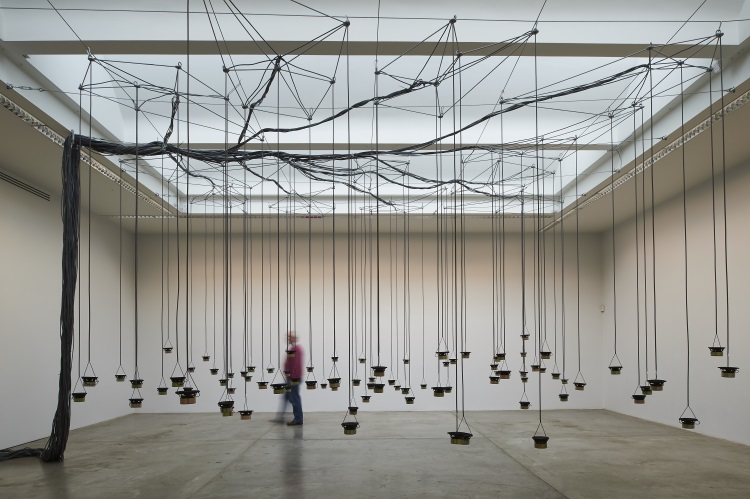Michael McLoughlin’s Cumann: An Audio map of Limerick at the Limerick City Gallery of Art
At the heart of Michael McLoughlin’s Cumann: An Audio map of Limerick is the offer to those recorded (the participants were sourced from local civic groups across Limerick City) that they can withdraw their consent from the artwork, and prevent it from being re-exhibited. I was one of those participants. But before I threaten to pull that trigger, let me outline my case.
As an audience member I have never asked to be activated. More and more the gallery is a heavily monitored space, under the spotlight of social, institutional, and artistic surveillance. Invigilators are watching. Cameras are recording. Artists are engaging.
Participation implies the promise of emancipation. The more the audience is empowered, the less the rich, the bureaucrats and whoever will be – or so the argument could go. Yet, my suspicions of the drive towards engagement have never fully settled. Despite the admirable nature of the claims and objectives, it comes too coincidentally with a drive to rationalise, quantify and justify every cent of public money with footfall, yielding to the claims of data. Attention is currency, on and off the screen.
I want to say no; to withdraw and refuse consent for all this and more. Since I’ve been given the chance, perhaps I don’t need to? Now as a recent addition to the permanent collection of the Limerick City Gallery of Art, Cumann is a kind of Trojan Horse tactic, forcing this conversation into the heart of the institution. As a newly arrived viewer-cum-participant, I’ve always wanted to drop out, detach and return to safety. I have the opportunity; do I dare?
